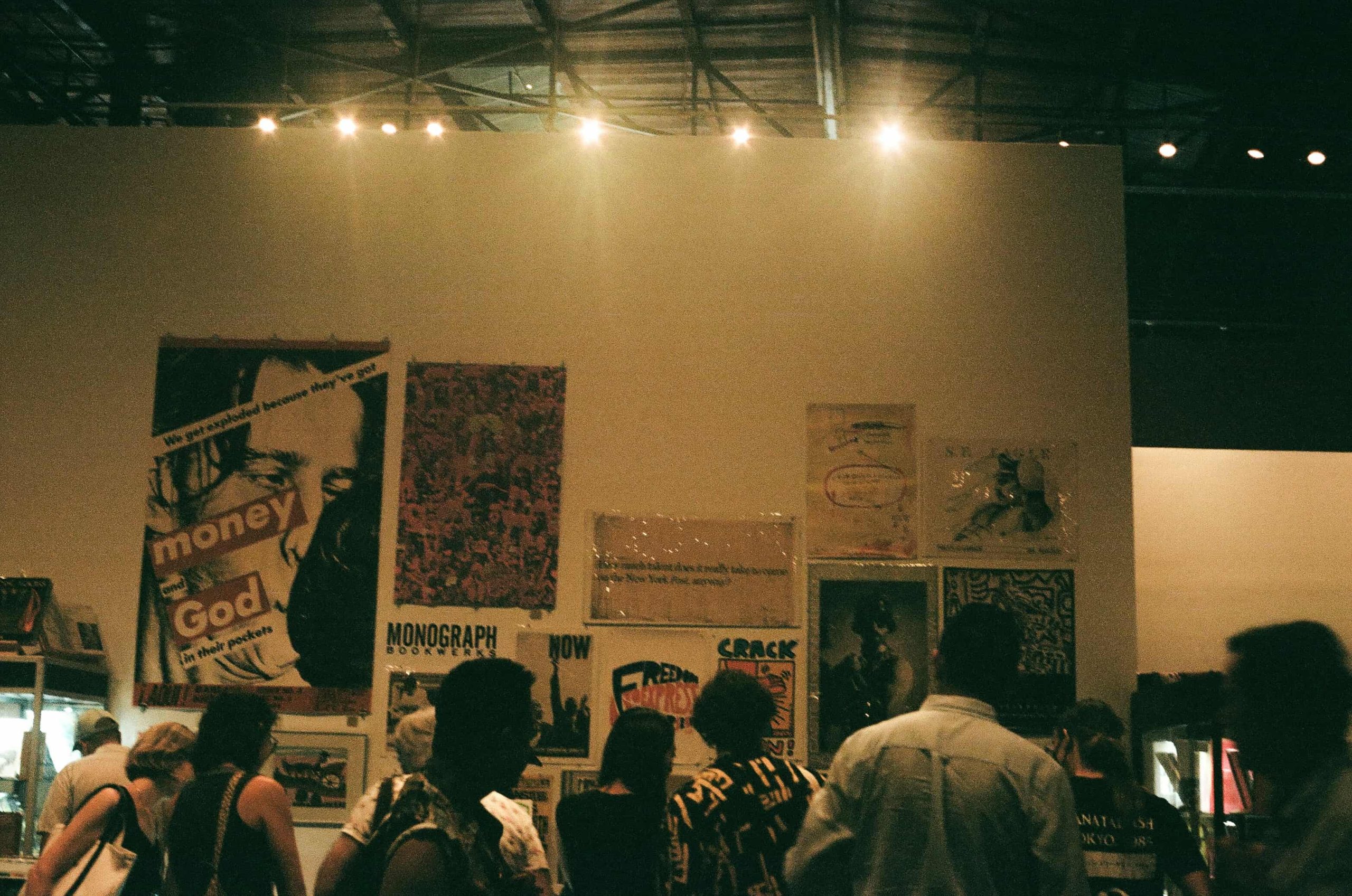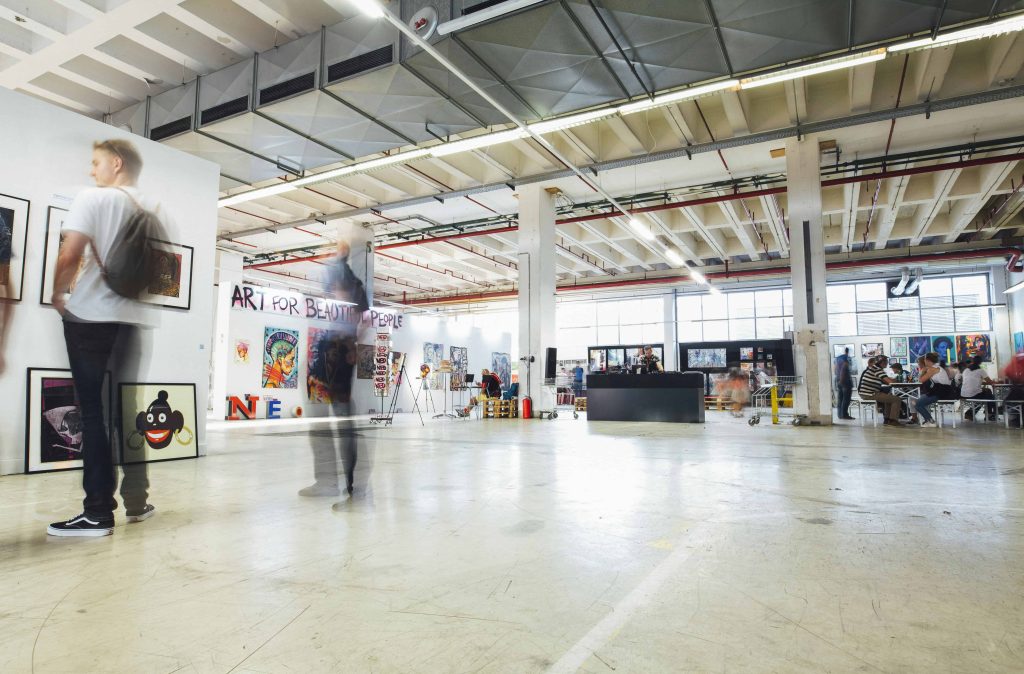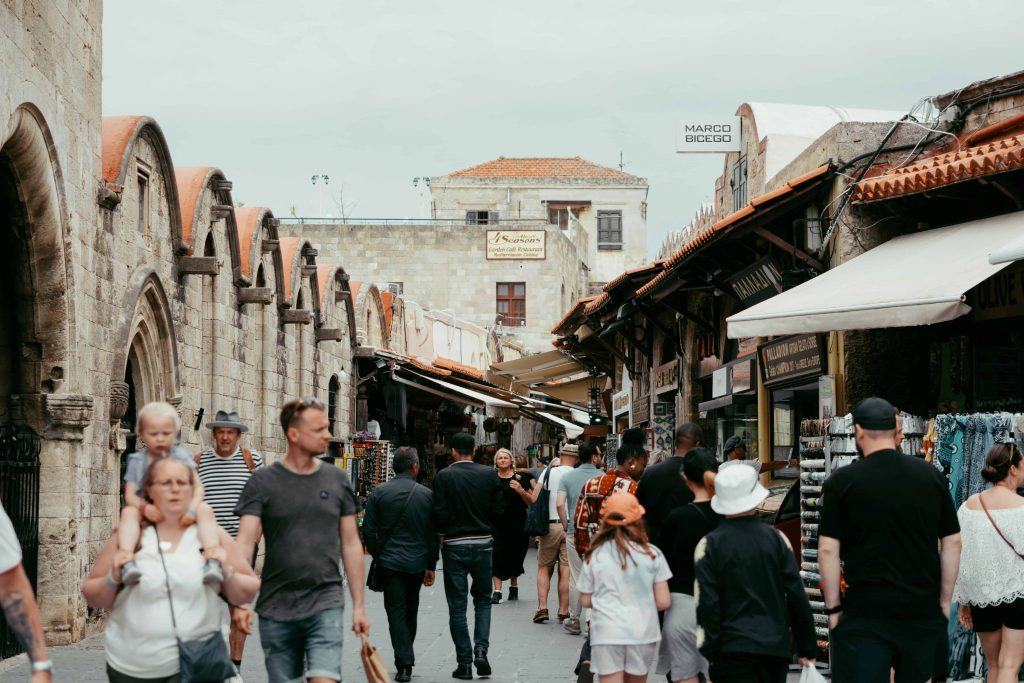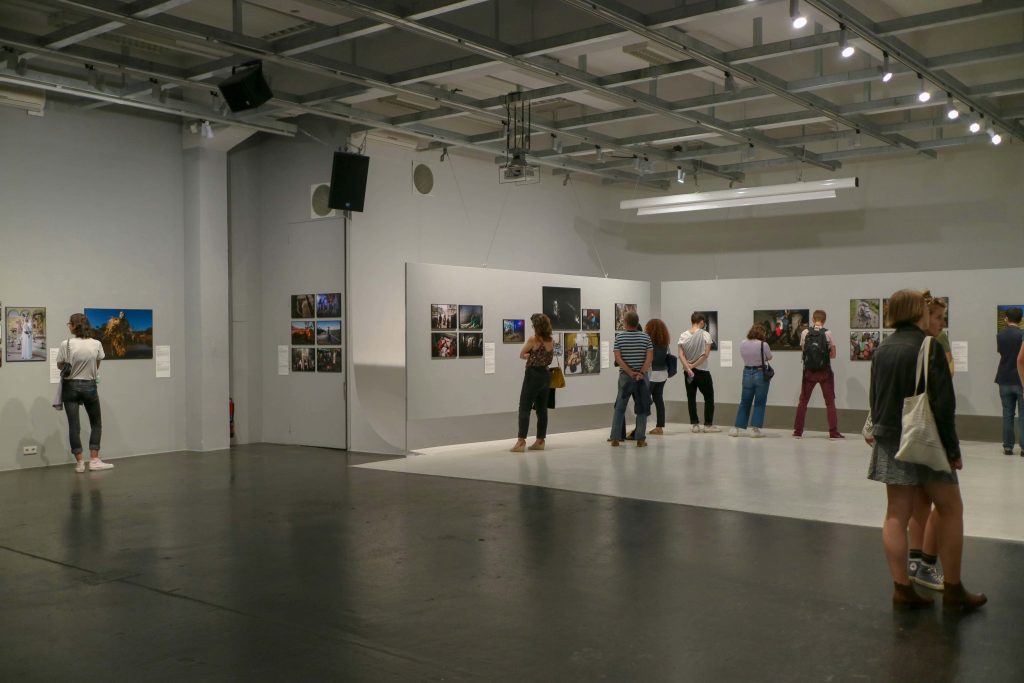
18 Oct Art Fairs and Exhibitions: Maximizing Opportunities
Art Fairs and Exhibitions: Maximizing Opportunities and Navigating Challenges
Art fairs and exhibitions play a pivotal role in the art world, serving as vital platforms where artists, collectors, galleries, and curators converge. These events not only provide opportunities for exposure but also open doors for networking, sales, and collaboration. However, navigating the competitive landscape of art fairs and exhibitions can be challenging. By understanding the key strategies and challenges, artists can maximize their participation and successfully boost their careers.
Understanding Art Fairs and Exhibitions
Art fairs and exhibitions come in various forms, each with its own purpose and audience.
Definition and Types of Art Fairs
Art fairs are organized events where galleries, dealers, and artists showcase their work to a targeted audience of collectors, art professionals, and the public. They can be categorized into:
- International Art Fairs: Events like Art Basel or Frieze that draw a global audience.
- Regional Art Fairs: Focus on local or national artists, offering a more intimate platform for emerging talent.
- Specialized Art Fairs: Focused on particular genres or mediums, such as photography or sculpture.
Purpose and Benefits of Participation
For artists, the primary benefits of participating in art fairs and exhibitions include increased visibility, potential sales, and networking opportunities. These events also allow artists to gauge market trends and gain valuable feedback on their work. Participation in high-profile fairs can serve as a stamp of credibility, opening doors to future exhibitions and gallery representation.
Key Considerations for Choosing the Right Art Fair or Exhibition
Artists should carefully assess the relevance of each event to their work. Factors to consider include the type of audience, the reputation of the fair, the participating galleries, and the overall cost. Selecting the right platform ensures a greater chance of success and reduces the risk of wasted resources.
Preparation and Planning
Success at art fairs and exhibitions is often determined by thorough preparation and effective planning.
Curating a Strong Portfolio
Artists need to present their work in a cohesive and professional manner. A well-curated portfolio that tells a compelling story is key to attracting attention. It’s important to showcase a body of work that reflects the artist’s unique vision and demonstrates technical mastery.
Creating Effective Marketing Materials
Effective marketing materials help artists stand out. This includes well-written artist statements, press releases, and professionally designed brochures or catalogs. These materials should communicate the artist’s background, process, and themes concisely and engagingly.
Networking and Building Relationships
Relationships are at the heart of the art world. Artists should seize the opportunity to connect with galleries, curators, and collectors, both before and during the event. Building rapport with key figures can lead to future exhibition invitations, sales, and career development.
Budgeting and Financial Planning
Art fairs can be expensive, with costs including booth fees, transportation, marketing materials, and travel. Financial planning is essential to ensure that participation is feasible and does not result in a financial strain. Artists should also be aware of hidden costs, such as insurance and booth setup.
Booth Design and Presentation
A well-designed booth can make a significant difference in drawing attention at an art fair.
Importance of Visually Appealing Booth Design
The booth serves as a physical representation of the artist’s brand. A thoughtful layout and engaging visual elements can help attract visitors. Displaying the artwork in a clean, professional manner allows the work to speak for itself and makes the space inviting.
Strategies for Showcasing Artwork Effectively
It’s crucial to think about how the artwork is presented. Considerations such as lighting, spacing, and focal points all contribute to the overall impact. Artists should curate the booth in a way that highlights their best pieces, with an eye toward creating a narrative or thematic connection.
Engaging with Visitors
In addition to an attractive booth, personal engagement is essential. Artists should be prepared to explain their work to visitors, answer questions and provide insights into their creative process. Building a personal connection with potential buyers or galleries can enhance interest and lead to meaningful relationships.
Navigating Challenges and Risks
While the rewards of art fairs can be great, there are also inherent risks and challenges.
Managing Costs and Expenses
Participation in art fairs is often costly, with fees for booth space, shipping, accommodation, and other expenses. Artists must carefully weigh these costs against the potential benefits. To reduce financial pressure, it may be useful to share a booth with other artists or seek sponsorships.
Dealing with Rejection and Competition
The competitive nature of art fairs can be daunting. Not every artist will be accepted into high-profile fairs, and even those who participate may face stiff competition. Rejection is a normal part of the process, and resilience is key. Artists should focus on finding the right niche for their work and continuously refine their presentation.
Addressing Logistical Challenges
Transporting and installing artwork at an exhibition can be complex. Artists must consider how to safely transport their work, particularly if the event is overseas. In addition, installation can be time-consuming, and artists need to ensure that everything is set up properly before the event opens.
Protecting Artwork and Intellectual Property
Artists should take precautions to protect their work from theft or damage. This includes insuring their artwork, ensuring proper packing during transportation, and setting up booth security. In addition, artists should be mindful of intellectual property issues, such as unauthorized photography or reproduction of their work.
Post-Exhibition Follow-Up
What happens after the exhibition is just as important as the event itself.
Building Relationships with Buyers and Collectors
Artists should follow up with anyone who showed interest in their work during the fair. Collecting contact information and sending personalized thank-you notes can go a long way in fostering relationships with potential buyers, galleries, or curators.
Generating Press Coverage
Publicity from participating in an art fair can help expand an artist’s reach. Sending press releases to local media or industry publications can generate additional coverage. Artists should also actively engage on social media, sharing images from the event and thanking visitors for their support.
Analyzing Effectiveness for Future Improvement
It’s essential to reflect on the outcomes of participation. Did the artist meet their goals? Were there unexpected challenges? By analyzing what worked and what didn’t, artists can improve their approach for future fairs, making each participation more effective and streamlined.
Conclusion
Art fairs and exhibitions are invaluable opportunities for artists seeking to enhance their visibility and build connections in the art world. With careful planning, a well-curated portfolio, and strategic engagement, artists can make the most of these events. While challenges such as costs, competition, and logistics exist, they can be navigated with the right preparation and mindset. Continuous learning, adaptability, and persistence are keys to thriving in the art world, and participating in fairs and exhibitions is a crucial part of that journey.
Key Takeaways
- Role of Art Fairs and Exhibitions: These platforms are crucial for artists to gain exposure, network, and make sales, while navigating the competitive environment requires careful strategy.
- Types of Art Fairs: International, regional, and specialized art fairs offer different opportunities for artists, each catering to distinct audiences and genres.
- Preparation is Key: Success relies on curating a strong portfolio, creating effective marketing materials, and building relationships with key figures in the art world.
- Budgeting and Costs: Participating in art fairs can be expensive, so artists must plan finances carefully, considering booth fees, travel, marketing, and hidden expenses.
- Booth Design and Engagement: A visually appealing booth and personal engagement with visitors can draw attention and create lasting connections with potential buyers or galleries.
- Navigating Challenges: Artists face challenges such as high costs, rejection, and logistical difficulties, but resilience and proper planning can mitigate these risks.
- Post-Exhibition Strategy: Follow-up with potential buyers, media engagement, and reflecting on the fair’s success are essential for building lasting relationships and improving future participation.
FAQs
What are the key benefits of participating in art fairs and exhibitions?
Participating in art fairs offers increased visibility, networking with collectors, curators, and galleries, potential sales opportunities, and a chance to gain credibility. Artists can also gauge market trends, receive feedback, and establish connections that could lead to future exhibitions.
How should artists prepare for an art fair or exhibition?
Preparation involves curating a cohesive portfolio, designing effective marketing materials, networking with key players, and planning a budget. Artists should focus on presenting their unique vision while also considering logistical aspects such as booth setup, artwork transport, and costs.
What challenges should artists expect when participating in art fairs?
Artists face challenges such as high costs, competitive selection, logistical hurdles, and the need for effective booth design. Managing these requires careful planning, financial preparedness, and resilience in the face of rejection or tough competition.
Find out how respecting cultural nuances in international artistic exchanges can enhance collaboration, promote mutual understanding, and create long-lasting cultural bridges.




